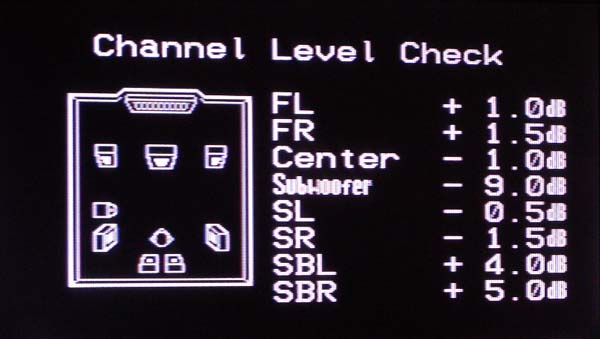Why Are My Surround Speakers Too Loud? A Step-by-Step Guide to Fix!
Most people can follow the instructions to set up their AV receiver and speakers. What they usually can’t do is troubleshoot when they run into problems. One problem that crops up from time to time is surround speakers being too loud. What can cause this and what can you do to fix it? Let’s run through a step-by-step process to hopefully get your system better balanced.
Step 1: Re-Run Your Auto Setup Program
If you’ve run your room correction, it has automatically set up the trim and distance levels for your speakers. If you want to try the “turn it off and back on again” solution, run your room correction again. Yes, it is a hassle, but it will often solve the problem.
Step 2: Check Your Settings
If you don’t want to do Step 1, or you’ve already done it and it hasn’t helped, it is time to delve into some settings. You want to get into your AV receiver’s menus and find your speaker trim and distance settings. What we are looking for here is extremes. If you are seeing some speakers with -10dB (or -12dB) and others with +10dB (or +12db), then there is your problem.
See, some of your speakers are very easy to drive (the ones with the negative numbers) while others are very hard to drive (the ones with the positive numbers). Your receiver is unable to get them to the same volume because of their different specs. This means the ones with negative numbers are always going to be louder than the ones with positive numbers.

The Fix
There are two possible fixes. First, you can replace some of your speakers. Match them with the ones you keep and re-run your room correction. Your surround speakers will no longer be too loud. Alternatively, you can move some (or all) of your speakers. You’ll want to either move the speakers with the positive numbers closer or the ones with the negative numbers farther away from your seat. Maybe a bit of both. Go through Steps 1 and 2 again and see if your trim settings are better.
Step 3: Check Your Listening Modes and DSPs
If Steps 1 and 2 aren’t the problem (or if you’ve fixed your trim issue and your surround speakers are still too loud), then it is time to look more closely at your settings. Generally speaking, DTS upmixing will make surrounds, overheads, and subwoofers a little louder than Dolby. If you are using DTS, try switching to Dolby and see if that helps.

If you have Audyssey, then take a look at Dynamic EQ. While we are big fans of Dynamic EQ, not everyone agrees. People sometimes report that it makes their surround speakers too loud. While we think that has more to do with room acoustics than some function of Dynamic EQ, you could try turning it off. As a reminder, Audyssey automatically enables Dynamic EQ when you finish the room correction process.
Step 4: Check Your Source
Many sources (DVD players, game consoles, streaming boxes) have their own EQ settings. They should be off by default, but that is not always the case. Checking your source settings is always worth the few minutes it takes.
More than that, however, is the content being played. If you have just finished setting up your system and have only just started using it, give it some time. Some content is mixed with the surround speakers being very loud while others have the surrounds basically doing nothing. Assuming that your surround speakers are overly loud when you haven’t tried them out with a variety of content may be the problem.
Step 5: Check Placement
Our last suggestion is a bit of a hail mary. If you are like many people, you’ve seen the older Dolby diagrams that have all the speakers pointed directly at your head. If that is how you’ve set up your speakers, try angling them so that you are experiencing their off-axis response. While you may have to run your room correction again, just angling them slightly should soften any harshness that you are experiencing. This may help them sound less harsh and therefore blend better with your other speakers.
Wrap Up
Have you experienced overly loud surround speakers? What did you do to fix the situation? Let us know in the comments!


